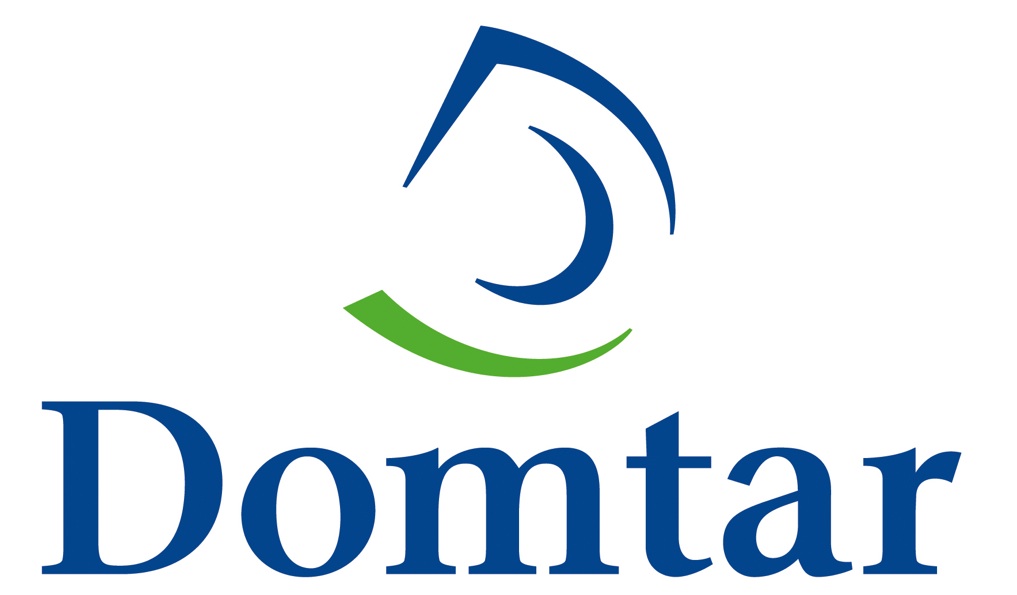Land Restoration Efforts Create Wildlife Habitats in Johnsonburg

Driven by a passion for wildlife and a desire to leave a different kind of legacy, the Johnsonburg Mill found a perfect use for the nutrient-rich byproducts of the paper manufacturing process. Our land restoration efforts are bringing new life to the natural spaces in our Pennsylvania community.
For decades, Elk County, Pennsylvania, supplied coal to power the region and beyond, including our mill in Johnsonburg. But strip mining left behind scarred land, marked by acidic soils devoid of organic matter and nutrients — conditions that are not suitable for growing vegetation.
We converted both of the Johnsonburg Mill’s power boilers from coal to gas in late 2016, but our mill has a long history of helping to restore the land from which we once sourced fuel. For more than 20 years, Johnsonburg Mill has been using organic and nutrient-rich wastewater treatment residuals and acid-balancing lime residuals to rejuvenate old mine sites. The benefits of our land restoration efforts are wide-reaching:
- We’ve helped improve regional water quality by more effectively treating acid mine drainage.
- We’ve recreated the right environment for lush vegetation to grow, providing valuable food and cover for wildlife.
- We’ve found a long-term, cost-effective and eco-friendly solution to divert more than 95 percent of the mill’s byproducts from the landfill to more beneficial uses.
Today our land restoration project is blossoming, literally, with sunflowers and other blooming vegetation.
The success of this land restoration effort would not have been possible without the help of equally determined public and private nonprofit wildlife groups, such as the Pennsylvania Game Commission, Rocky Mountain Elk Foundation and Pheasants Forever.
Land Restoration Efforts Benefit EveryoneThrough our land restoration project, we’re making the area more attractive to wildlife, more valuable to the community and more enjoyable for hunters and nature lovers. But don’t just take it from us. Here’s what Richard S. Bodenhorn, president of North Central Pennsylvania Pheasants Forever, had to say in a letter to Domtar earlier this year:
With the 2018 pheasant season fully behind us, I would like to thank the Domtar Johnsonburg Mill for once again providing the habitat that made State Game Lands Number 44 the prime place in Pennsylvania for pheasant hunting.
I heard nothing but praise for the habitat … absolutely beautiful fields of corn, soybean, sorghum and sunflower. What is even better, if you are a pheasant hunter, is the fields not only look like good habitat, but they are also harboring pheasants and better hunting opportunities for a wide range of wildlife species. The deer, bears, raccoon and other wildlife greatly enjoyed the corn but still left the fields valuable to the pheasants and other smaller species well into the fall and winter.
Once the hunting seasons have ended and hunters have settled in for the winter, the crops still have what might be their greatest value. They are then of great importance in both food and cover to the various wildlife species through the winter months when natural food can often be hard to find.
Without Domtar’s donation and the work in applying the residuals (working it into the existing ground) and planting the crops, neither the hunters nor the wildlife would be benefiting from what is without a doubt the best habitat they have seen in that area in their lifetime.
We all owe Domtar both a round of applause and heartfelt thank you for being such a benefit to our community, hunters and wildlife.
In addition to the land restoration project at Johnsonburg Mill, we have several other initiatives that help us promote biodiversity and conservation. The wildlife management plan at our Marlboro Mill is helping our property support larger, healthier populations of local species like wild turkeys, whitetail deer and waterfowl. The bald eagle preservation program at our Nekoosa Mill has helped protect and increase the local bald eagle population for more than 30 years.
Learn more about Johnsonburg Mill:

